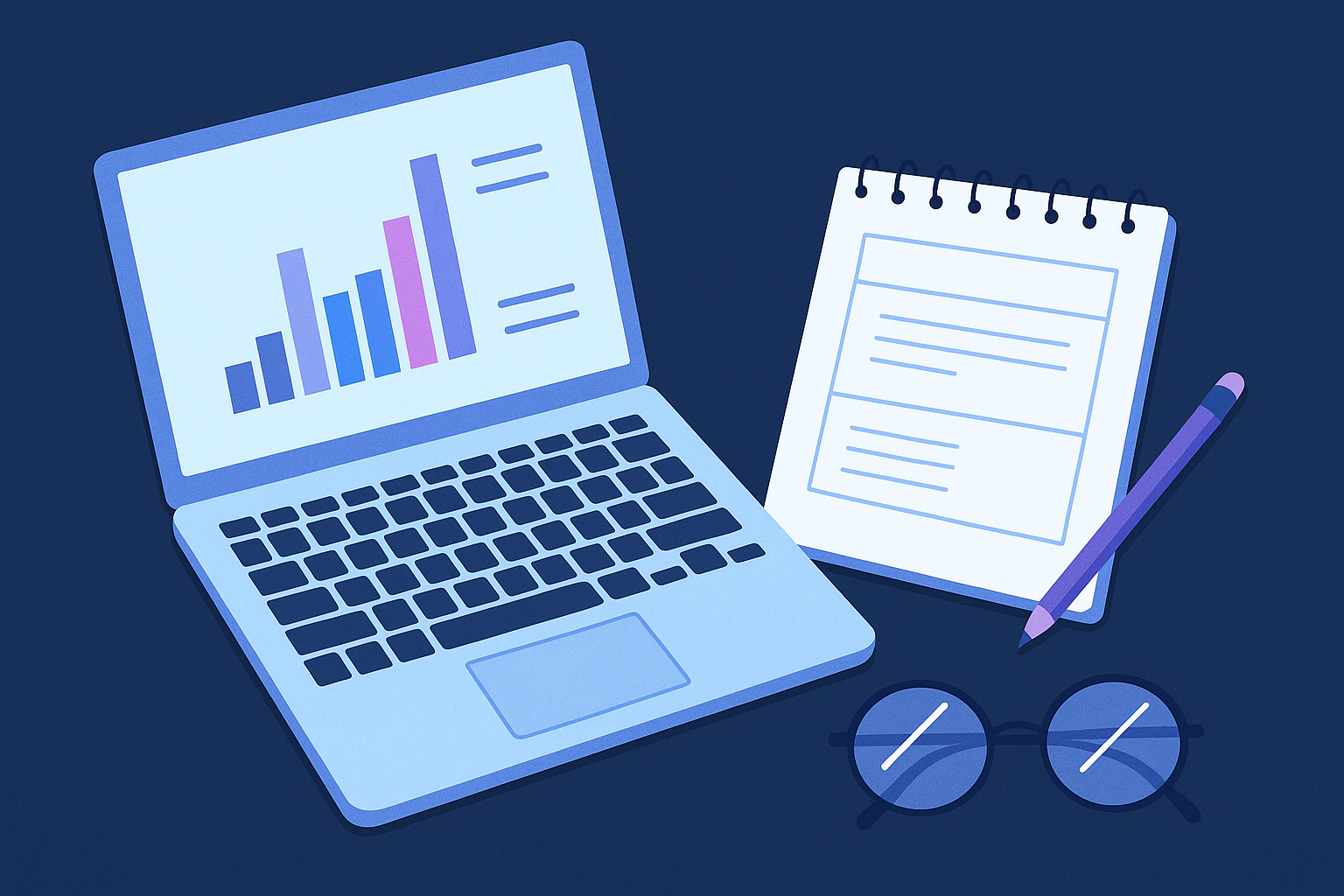How Artificial Intelligence is transforming journalism

AI has arrived in journalism not to replace the human voice, but to change how stories are told. It can make work faster and more efficient, yet it also calls for more critical thinking and responsibility. In this blog we bring you the main insights from our Videopodcast on what this means for today’s newsrooms.
AI Doesn’t Replace Journalists—It Empowers Them
One of the first things to understand is that AI in journalism doesn’t mean letting a machine write for us. As data and investigative journalist Claudia Báez explained in Datasketch’s video podcast, AI works as an assistant, not a replacement.
The key is knowing how to use it—learning to give clear instructions (known as prompting), supervising what it produces, and making editorial decisions. “Decision-making is still human, and that’s not going to change,” says Báez.
AI can help you clean a database, detect errors, summarize lengthy documents, or even perform advanced searches. But journalistic instinct, contextual interpretation, and ethical responsibility remain firmly in human hands.
Watch the Videopodcast here, where we dive deeper into this conversation.
And What About the Risks?
One of the biggest challenges lies in developing critical thinking in an environment where AI always offers an immediate answer. How will younger generations learn to doubt, question, or investigate if the machine “tells them everything”?
Media organizations are also facing a structural shift in their business models. With search engines like Google AI generating answers without showing links, outlets risk losing control over their audience and web traffic. This has led to initiatives such as blocking AI bots from accessing certain sites to protect content.
On the other hand, AI’s rise has sparked new questions among audiences: “Was this written by a person or a machine?” “Is this image real or generated?” This opens an opportunity for media to use traceability tools to verify and disclose whether content was created by AI.
Useful Tools, Skills, and Examples
Among the most useful tools are language models like ChatGPT, Perplexity, or Claude, which can help with deep research, fact-checking, database cleaning, or extracting information for visualizations. There are also platforms like Zapier or Make for automating repetitive tasks, and Cursor AI for building no-code apps.
Here’s a fun example: if you find an interesting visualization on an official site, you can copy it, upload it to a language model, and ask it to return the table with the underlying data.
Of course, this all requires one key skill: writing good prompts—knowing exactly how to tell the AI what you need. A good prompt should include:
-
A clear role (“Act as a data journalist”)
-
A specific mission (“Summarize this public spending database”)
-
A desired format (table, list, short text)
-
An expected outcome (“I want to find the municipalities with the most inconsistencies”)
Being clear, specific, and precise in your request is essential for useful results.
Necessary Precautions: Not Everything That Shines is Reliable AI
It’s not all sunshine and rainbows. AI can invent sources, cite nonexistent documents, or make flawed assumptions. That’s why it’s essential to verify everything it produces, request references, and cross-check with external sources.
There are also technical limits: for instance, large language models (LLMs) can’t process too many documents at once. In those cases, manual analysis or AI trained for specific tasks may be more effective.
And don’t forget confidentiality. Avoid uploading sensitive information to AI platforms, or if you must, anonymize it first. It’s also crucial to know whether the data you share might be used to train the model.
At Datasketch, we believe that artificial intelligence can be a powerful ally for journalism—if used with judgment, ethics, and human oversight. That’s why we launched the 100 Partners campaign, an initiative to partner with media outlets that want to implement AI and other technological tools in their newsrooms without sacrificing rigor or journalistic essence.
If your newsroom is ready to take this step, join the 100 Partners of Datasketch and let’s build together a future where technology strengthens information and truth.